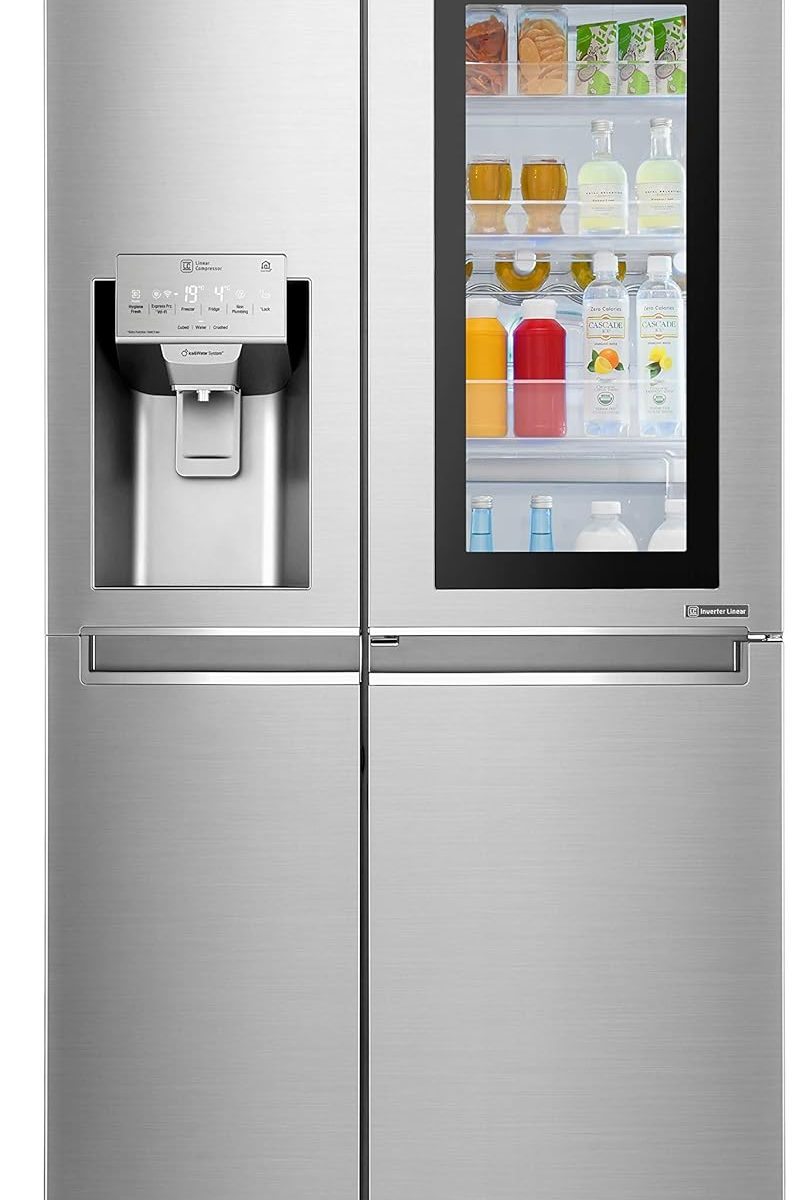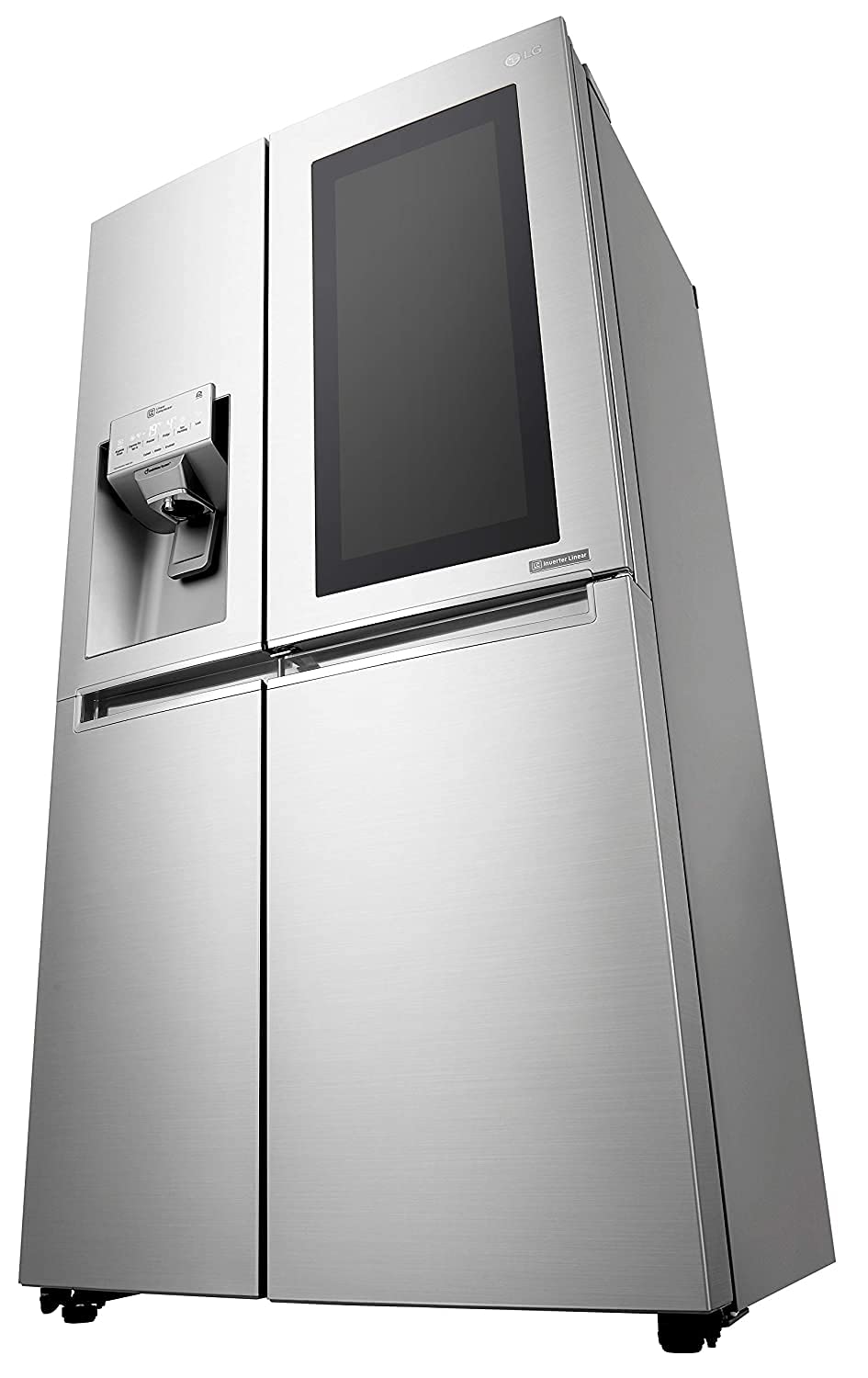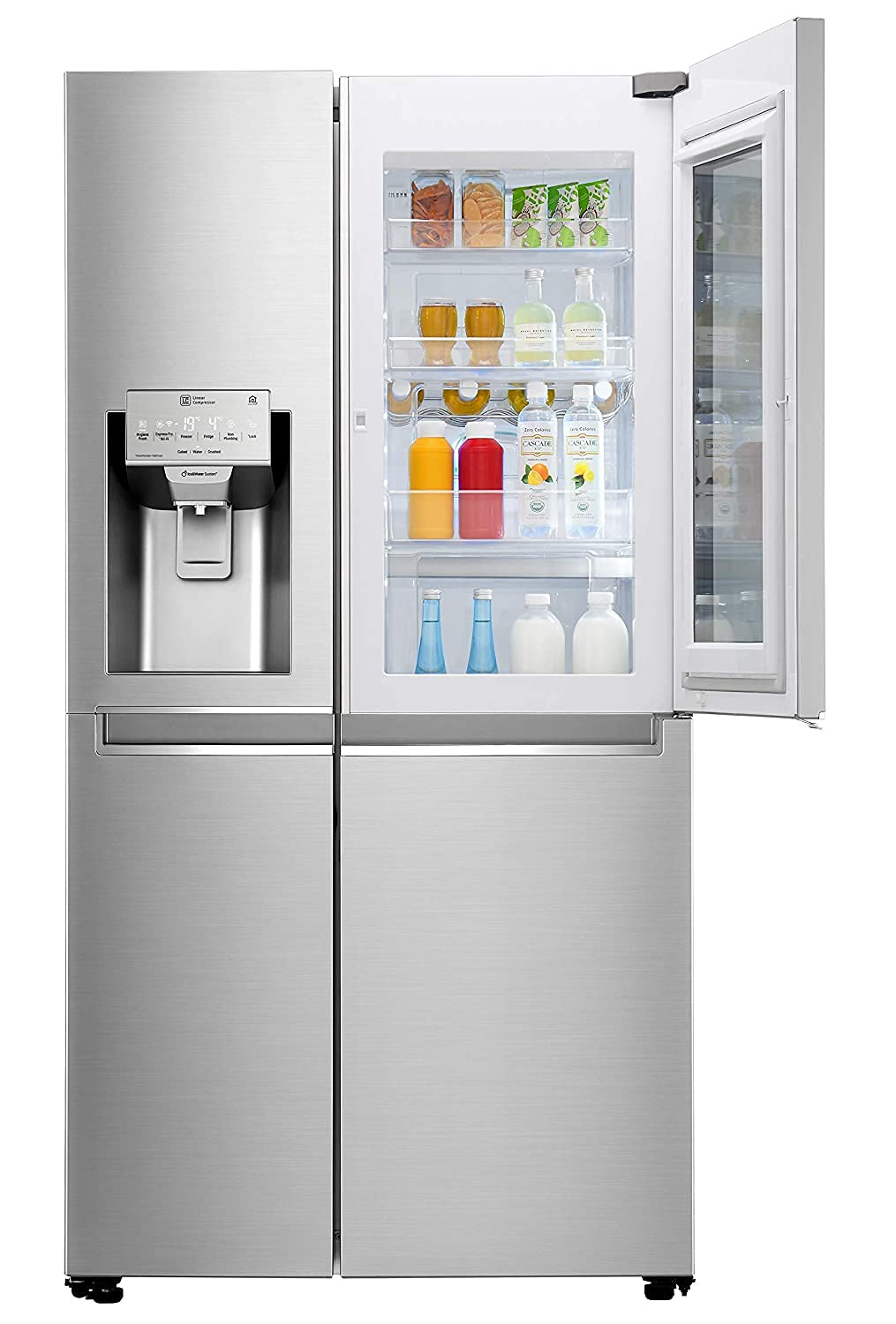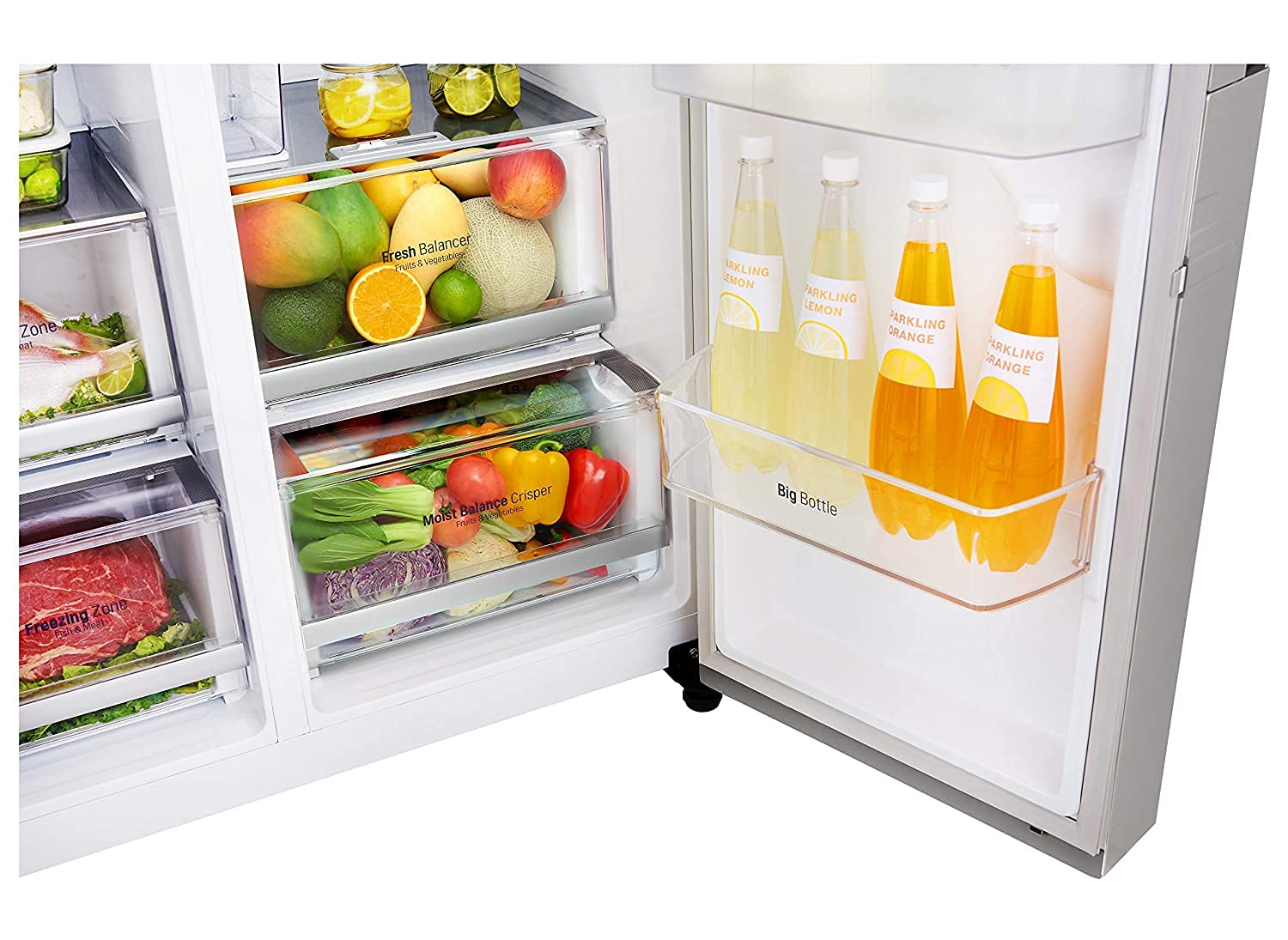Introduction:
A refrigerator not getting cold is a common issue that can be frustrating and concerning. In this article, we will explore the possible reasons why your LG refrigerator is not getting cold. We will discuss various factors that can contribute to this problem, including improper temperature settings, blocked vents, refrigerant leaks, faulty components, and more. By understanding the potential causes, you can troubleshoot the issue and determine whether professional assistance is required.
Why is my LG refrigerator not getting cold?
Improper Temperature Settings:
The first thing to check when your lg refrigerator not cold is the temperature settings. Ensure that the temperature controls are set to the appropriate level, usually between 35°F and 38°F (1.7°C and 3.3°C) for the refrigerator compartment. If the temperature setting is too high, adjust it accordingly and allow some time for the refrigerator to reach the desired temperature.
Blocked Vents:
Blocked vents can hinder proper airflow and prevent the refrigerator from cooling effectively. Check for any obstructions, such as food items, containers, or ice buildup, that may be blocking the vents. Clearing the vents and ensuring unrestricted airflow is crucial for maintaining the refrigerator’s optimal cooling performance.
Dirty Condenser Coils:
The condenser coils on the back or bottom of the refrigerator can become dirty or covered in dust over time. When these coils are dirty, they cannot release heat efficiently, causing the refrigerator to struggle with cooling. Regularly clean the condenser coils using a vacuum cleaner or a soft brush to remove dust and debris, ensuring proper heat dissipation.
Refrigerant Leak:
A refrigerant leak can lead to inadequate cooling in the refrigerator. If you suspect a refrigerant leak, it is essential to contact a professional technician to handle the repair. Refrigerant leaks require specialized equipment and expertise to diagnose, repair, and recharge the refrigerant system safely.
Faulty Evaporator Fan:
The evaporator fan is responsible for circulating cool air throughout the refrigerator. If the fan malfunctions or stops working, it can result in ineffective cooling. Listen for any unusual noises or check if the fan is spinning when the refrigerator is running. If the fan is not functioning, it may need to be replaced by a qualified technician.
Defective Compressor:
The compressor is the heart of the refrigerator’s cooling system. If it is defective or fails, the refrigerator will not cool properly. A faulty compressor often results in a lack of cooling or warmer temperatures inside the refrigerator. If you suspect a compressor issue, it is best to consult a professional technician for diagnosis and repair.
Faulty Temperature Control Thermostat:
The temperature control thermostat regulates the cooling cycle of the refrigerator. If it is defective, it may not signal the compressor to turn on, leading to insufficient cooling. Test the thermostat by turning it from the warmest to the coldest setting and listen for a clicking sound indicating that it is functioning properly. If there is no click or noticeable change, the thermostat may need to be replaced.
Damaged Door Gaskets:
The door gaskets create a seal between the refrigerator compartment and the outside environment, ensuring cool air retention. If the door gaskets are damaged, torn, or dirty, they may not seal properly, causing cold air to escape. Inspect the gaskets for any signs of damage or wear. Clean them regularly and replace them if necessary to ensure a tight seal and efficient cooling.
Overcrowded Refrigerator:
An overcrowded refrigerator can hinder proper airflow and cooling. When the refrigerator is packed tightly with food items, air cannot circulate freely, resulting in uneven cooling or warm spots. Consider rearranging items and creating space between containers to allow for proper airflow and optimal cooling.
Power Supply Issues:
In some cases, power supply issues can affect the refrigerator’s cooling performance. Check if the refrigerator is properly plugged into a functioning electrical outlet. If the outlet is working, ensure that there are no issues with the home’s electrical circuit or the refrigerator’s power cord. Reset any tripped breakers or replace any blown fuses if necessary.
Preventive Maintenance Tips for LG Refrigerators
Prevention is key to ensuring that your refrigerator functions optimally over time. Implementing preventive maintenance can extend the appliance’s life and efficiency. Simple habits can make a world of difference. Here, we’ll share some actionable tips for maintaining your LG refrigerator.
Regular Cleaning
Routine cleaning helps improve efficiency and prolongs the lifespan of your appliance. Focus on cleaning the interior and exterior regularly. Wipe down shelves and surfaces to prevent bacterial growth and odors.
In addition, cleaning the condenser coils, as mentioned earlier, is crucial. Dust and debris can add strain to the system. Therefore, setting a reminder for regular cleaning can help establish a consistent routine.
Monitor Temperature
Monitoring the glass displays on your refrigerator can prove beneficial. Ensure that the digital display reflects a consistent temperature. If fluctuations are noticeable, it might indicate underlying issues. Keeping a food thermometer in the refrigerator helps track consistent temperatures.
Avoid Overloading
Avoid overloading your refrigerator with too much food. While it may seem convenient, overcrowding can obstruct proper airflow. Aim to keep shelves organized and allow for adequate space between items. Efficient airflow is vital for maintaining consistent cooling.
Checking for Additional Symptoms:
In addition to the lack of cooling, it’s important to pay attention to any other symptoms or signs that may help identify the underlying issue. For example, if you notice excessive frost or ice buildup in the freezer compartment, it could indicate a problem with the defrost system. Similarly, if you hear unusual noises, such as grinding or clicking sounds, it may indicate a malfunctioning component.
Consulting the User Manual:
The user manual provided with your LG refrigerator can be a valuable resource when troubleshooting cooling issues. It provides specific instructions, diagrams, and troubleshooting tips tailored to your model. Consult the manual to understand the recommended temperature settings, proper maintenance procedures, and potential troubleshooting steps.
Resetting the Refrigerator:
Sometimes, a simple reset can resolve minor issues and restore proper cooling. Unplug the refrigerator from the power source for a few minutes, then plug it back in and allow it to restart. This can help reset the system and clear any temporary glitches that may be affecting the cooling performance.
Dealing with Frost Build-up
Identifying Causes of Frost
Frost build-up can further complicate cooling issues. Identifying the root cause of frost accumulation is essential. Often, poor door seals can allow moisture to enter, leading to frost formation. However, improper temperature settings can also result in excessive frost.
Ensuring that food items aren’t blocking vents can help mitigate frost issues. Air circulation becomes essential in maintaining optimal temperatures. Be mindful of how items are organized within the refrigerator.
Solutions to Frost Build-up
Addressing frost accumulation requires direct intervention. First, defrost the refrigerator to remove existing frost build-up. This can usually be done by unplugging the unit and allowing it to sit until the ice melts. Placing towels on the floor can help absorb water.
Once defrosting is completed, ensure the refrigerator operates correctly. Resealing any loose door seals can prevent future frost issues. Regularly checking temperature settings will also minimize frosting.
Professional Help: When to Call a Technician
While many issues can be resolved at home, some problems require professional assistance. Understanding when to seek help can save you time and hassle. In this section, we will discuss indications that prompt the need for a technician.
Signs That Professional Help Is Needed
Some indicators suggest that calling a technician is necessary. If you’ve completed basic troubleshooting steps and the problem persists, it may be time for a professional. Unusual noises that are consistent may also signal a deeper issue.
For instance, if the refrigerator runs continuously without achieving the correct temperature, this is alarming. Furthermore, if there are any leaks or pooling water around the unit, seek immediate help. Water leaks can lead to damage and create unsafe conditions in your home.
Choosing the Right Technician
Choosing a qualified technician is essential for effective repairs. Verify their credentials and ask for recommendations. Online reviews can also provide insight into their professionalism and reliability. Furthermore, inquire about warranties on repairs to safeguard your investment.
Communication is crucial when discussing repairs. Provide the technician with detailed information about the symptoms you’re experiencing. This vital information can expedite the diagnosis and repair process.
Conclusion:
When your lg fridge not getting cold, there can be various reasons behind the issue. Improper temperature settings, blocked vents, dirty condenser coils, refrigerant leaks, faulty components, and overcrowding can all contribute to ineffective cooling. By troubleshooting these potential causes and performing regular maintenance and cleaning, you can often resolve the problem. However, if the issue persists, it is advisable to contact a professional technician with experience in LG refrigerators. They can accurately diagnose the problem and provide the necessary repairs to restore your refrigerator’s cooling performance.






